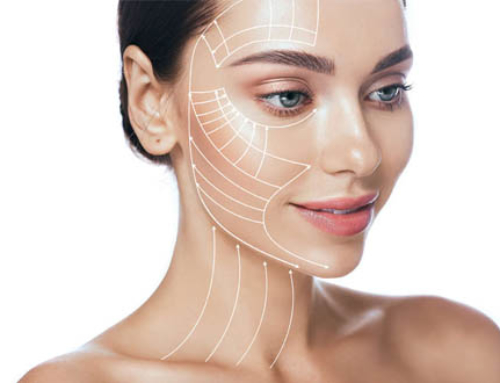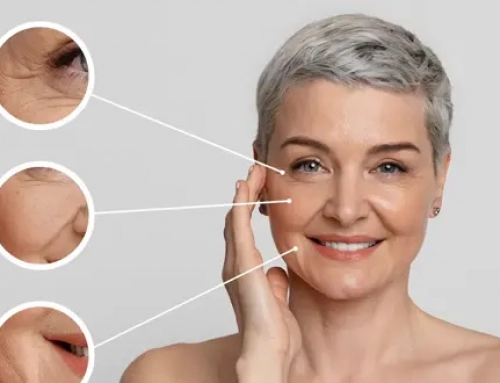Certain women are embarrassed by overly large breast (breast hypertrophy) or hypotrophic breasts. Puberty, pregnancy, hormonal changes, weight gain or loss, aging or genetics, there are multiple causes to these breast conditions.

Hypertrophied / hypotrophic breasts : causes and treatments
Differences between breast hypertrophy and breast hypotrophy
For certain young women, breasts grow abnormally larger than for others. Under the effect of gravity, overly large breasts tend to sag, which makes the breasts look heavier at the bottom and emptied out at the top. Breast hyperplasia can occur at puberty or after pregnancy. It can also result from significant weight fluctuations or the aging process. Breast hypertrophy is frequently associated with breast sagging, also called breast ptosis.
In men, breast hypertrophy is known as gynecomastia. This condition is caused by hormonal imbalances and results in breast enlargement, which can be a significant issue for men.
Breast hypoplasia can have different causes. For instance, insufficient breast tissue growth during puberty can be responsible. Breast volume loss can occur after significant hormonal changes, weight loss or pregnancy. The aging process also changes the appearance of the breasts by flattening breast shape. Finally, a defect called breast aplasia can prevent the mammary glands from developing.
How are these breast conditions treated ?
Cosmetic plastic surgery can correct the lack of breast growth as well as excessive breast growth. In the first case (breast hypotrophy), breast augmentation with implants or fat grafting are the two procedures performed to restore breasts with normal proportions. In the second case (breast hypertrophy), breast reduction is typically recommended to decrease breast volume, lift up the breasts, improve symmetry and alleviate back, shoulder, and neck pain associated with hypertrophic breasts.





